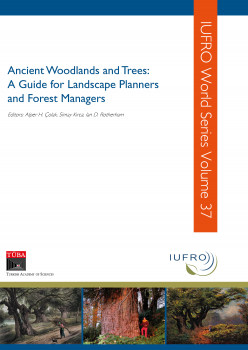European Woodland History and Management: some concluding thoughts

European Woodland History and Management: some concluding thoughts
Many European wooded landscapes are eco-cultural being the result of long-term human interactions with nature. Often their origins were as various types of wood pastures - an expansive patchwork landscape of forest, wetland, grassland and other naturally occurring ‘habitats’ with large grazing herbivores. The descendants from these original ecosystems and landscapes may persist today as ‘woods’ and other ‘unimproved’ features. Many are now recognised as ‘shadows’ and ‘ghosts’ in the landscape. Across the continent, from Turkey in the continental east, to Great Britain in the Atlantic west, there is great diversity of landscape types, forms and histories, yet they share much in common.
In countries such as England for example, most ‘woodlands’ today are relatively small which makes them vulnerable to processes of clearance and neglect throughout their history. However, until industrialisation and the potential to power clearance by petro-chemical engines and to alleviate nutrient shortage by petrochemically derived fertilisers, clearance often resulted in ‘grubby landscapes’ in which woodland plants and the like persisted in favourable refuges. From here, they could re-colonise the wider landscape when conditions became tolerable once more. Understanding these processes through the detailed study of specific sites and regions can prove enormously helpful in informing potential options for future management and for conservation.
